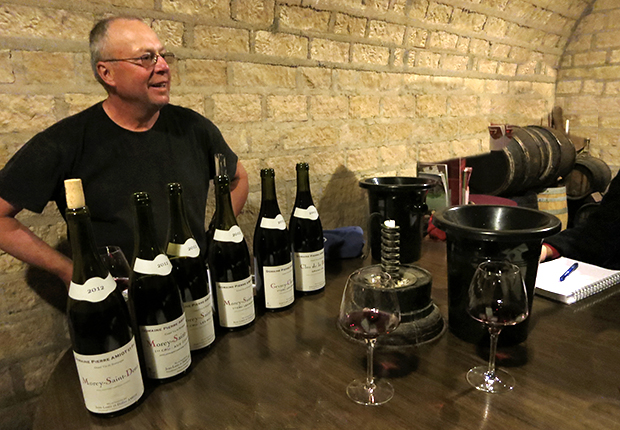122 Years of Grenache, Cézanne, and Provence.
In 1895, at age 56 impressionist painter Paul Cezanne had his first solo show in Paris. His 150 paintings were a revelation to artists and collectors, and the show secured his place as a leading artist of his time. But despite his first real commercial success, Cezanne returned south to live out his final decade in his beloved Provence.



